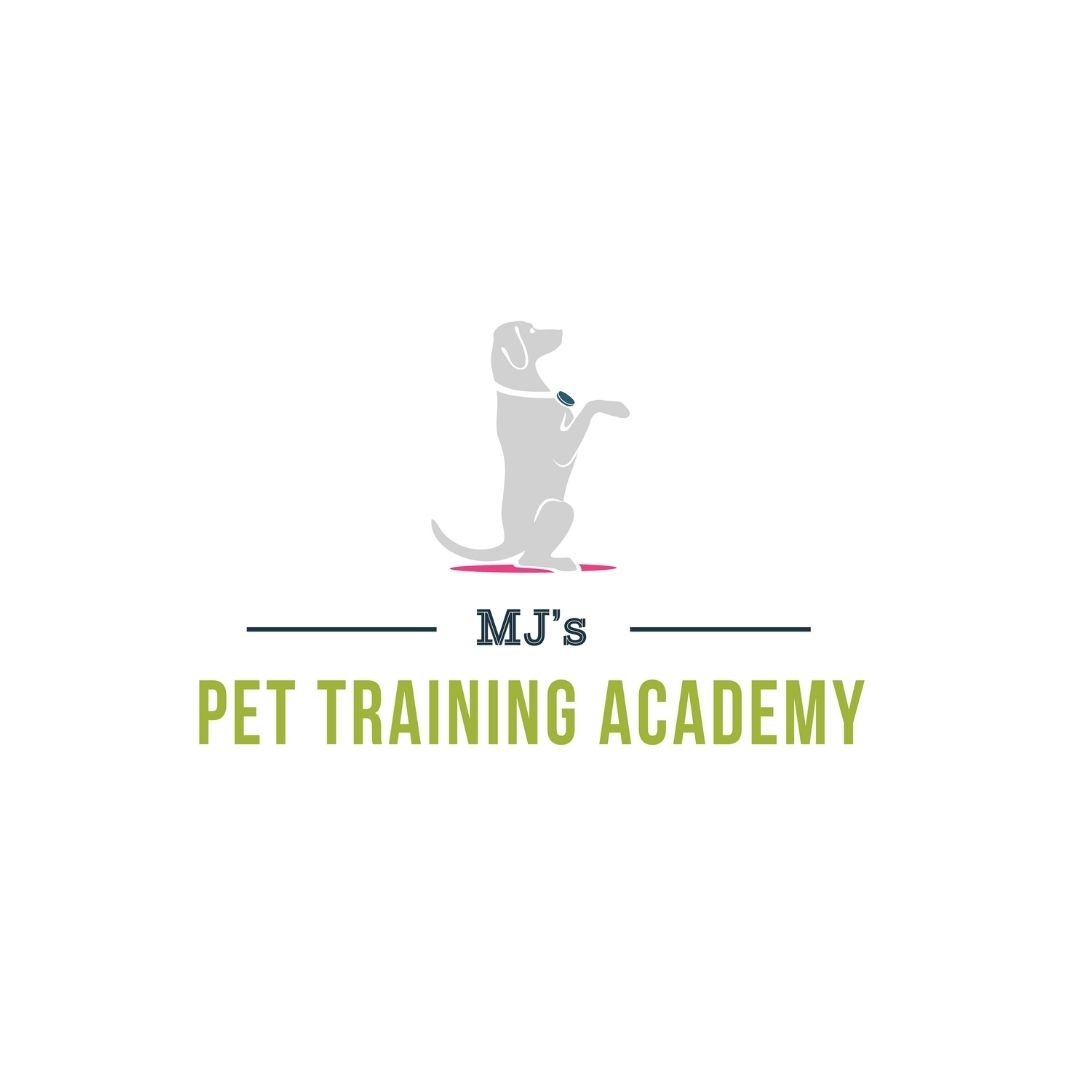Leash Off, Focus On: Using Action Cues for Leash Removal Training
Non-verbal action cues are both fun to train and impressive to watch. In dog training classes, you can use action cues as you work through each exercise, but class time isn’t the only opportunity to practice this technique. While knowing when and how to use action cues takes practice, training your dog how to respond can be simplified if you break up each skill into small steps. If you test your dog’s response before a training session, spend just five minutes training, and then retest your dog’s response a little while later, you’ll likely notice a difference.
One challenge with these cues is remembering how and when to use them. This post explores a specific type of action cue that teaches the dog to respond to an action, other than a verbal cue or hand signal.
A highly trained dog might know many action cues. This means the dog doesn’t need the handler to repeat “commands” but knows what to do based on the handler’s actions. For example, a dog trained to ignore dropped food understands that the action of dropping food is a cue to look at the handler rather than going for the food. Another example is a dog trained to move to the handler’s side when the handler starts talking with someone while the dog is on a leash; this tells the dog to move into a heel position unless released, preventing jumping or unwanted greetings.
Sometimes, unwanted action cues develop by accident. If a handler picks up the dog’s leash and the dog jumps up in excitement, then the handler takes the dog for a walk, the jumping behavior might be accidently reinforced. This behavior can easily become a bad habit.
The handler could instead use this scenario as a training opportunity. For example, picking up the leash could be trained as a cue for the dog to go to a specific place and wait. Don’t train this action if you plan to compete in AKC obedience, though. In the open class, picking up the leash means nothing to the dog, but they need to hold a stand stay, and it will be a sit stay in novice.
Another example of an action cue involves teaching dogs what it means when the leash is removed. If the leash is removed only when the dog is about to be set free in the yard or dog park, the dog may quickly learn that leash removal means “bolt and play.” This can lead to issues in various situations.
For off-leash success, it’s essential to teach your dog how to engage and play with you without the leash. Leash removal should signal that great things happen near the handler. It’s also important to prepare for situations where the leash might come undone accidentally. If your dog only runs off to play when the leash is removed, the likelihood of your dog staying close during an accidental leash drop decreases.
You can train your dog that leash removal is a cue to focus on you until given a release signal. Another useful skill is to teach your dog that the action of dropping the leash is a cue to stop and stay nearby. Many students in our dog training classes have found this skill invaluable, especially in situations where the leash was dropped by accident.
Before training the leash removal skills, establish a baseline for your dog’s current response. What does your dog do when the leash is removed without any cues from you? Test this in a securely fenced area or training center. After several rounds, begin training your dog to stay with you when the leash is removed. There are several ways to approach this: you could use a trick, such as a “flip to heel” or “between” when the leash is removed, or simply train for focus. Your dog should stay with you until given a release cue to move away. Retest your dog’s response the next day and observe the changes. It may take several sessions to achieve reliable results.
